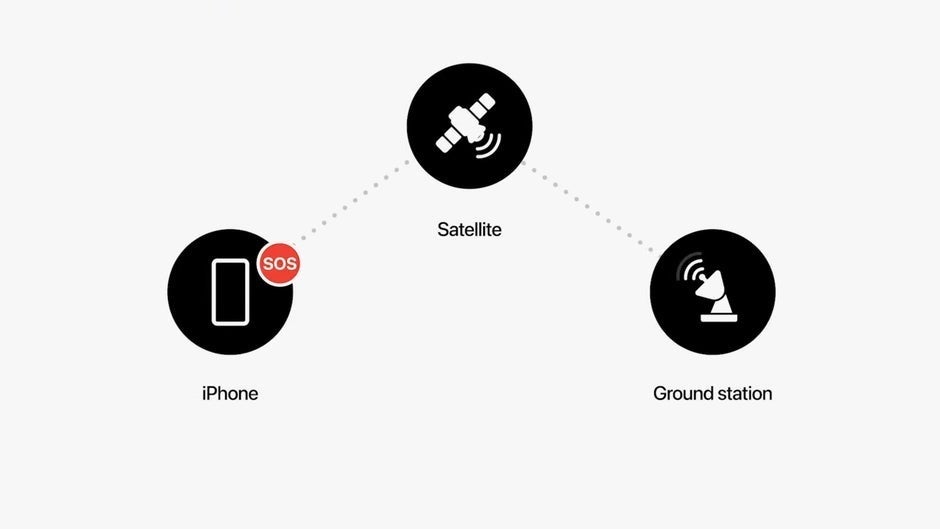
The way Emergency SOS works simplified in a single image.
First introduced with the iPhone 14 series in 2022, Emergency SOS via satellite was supposed to be free for only two years, which would have meant that users had to start paying for the service around this time of 2024. Instead, in November 2023, Apple surprised iPhone 14 users with an extra free year of Emergency SOS via satellite.
But while Apple currently offers these satellite services at no cost to users, the company has hinted at future monetization strategies. As the free trial period for Emergency SOS is set to expire in 2025, it’s likely that Apple will introduce a subscription model or carrier-based plans to recoup its investment and generate additional revenue after the extended free period ends.
Potential monetization strategies could include tiered pricing for different levels of satellite service, bundling satellite connectivity with Apple One subscriptions, or partnering with mobile carriers to offer premium plans. However, Apple faces a delicate balancing act, as charging for emergency services could be perceived as exploitative.
As satellite technology continues to advance, Apple’s strategic investments position the company to remain at the forefront of innovation. With expanded capabilities and a growing user base, the future of satellite connectivity holds immense potential for both Apple and its customers.
You can try out Emergency SOS via satellite right now


This is how the Emergency SOS UI looks when you have successfully activated it. (Image by Apple)
While the feature usually only becomes available when you don’t have WiFi and cellular connectivity, you can try a demo of it by going to Settings > Emergency SOS > Emergency SOS via Satellite > Try Demo. You will find it at the bottom of the Emergency SOS page. The feature won’t appear if you try to search for it in the search bar at the top of the Settings app.
Keep in mind that Emergency SOS is not available in all regions. The available regions at the moment are Australia, Austria, Belgium, Canada, France, Germany, Ireland, Italy, Japan, Luxembourg, the Netherlands, New Zealand, Portugal, Spain, Switzerland, the U.K., and the U.S.

